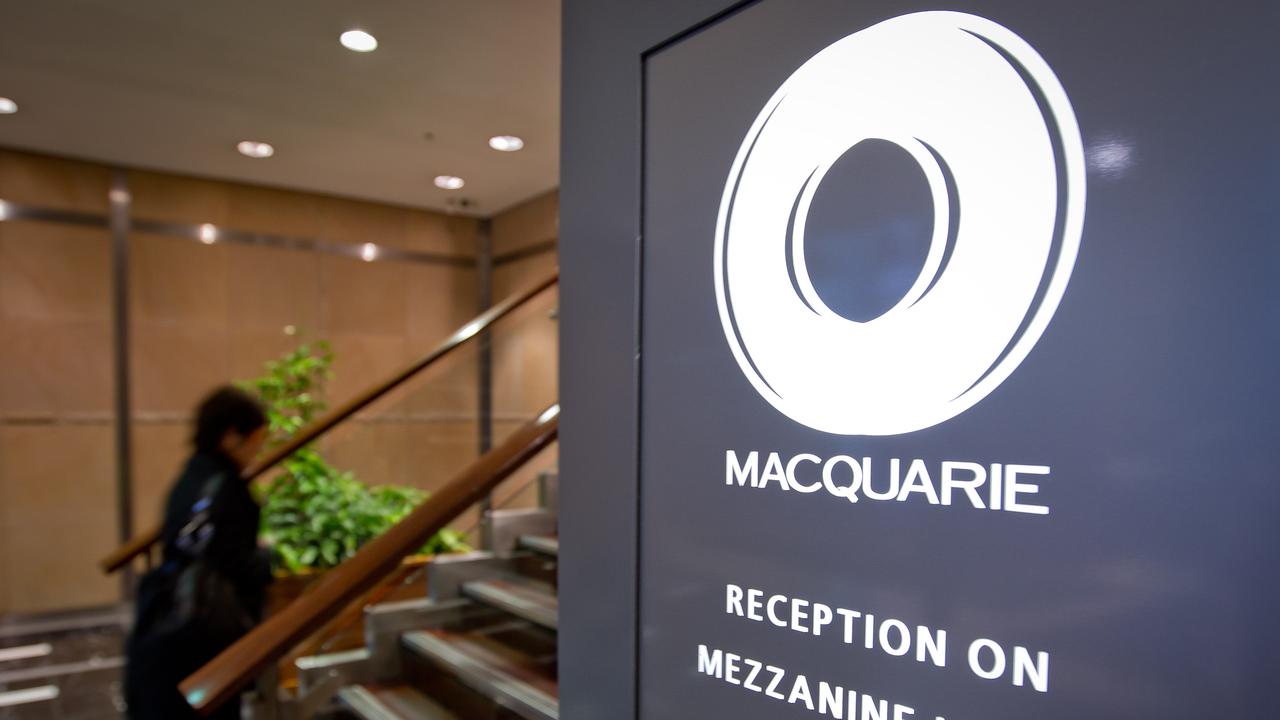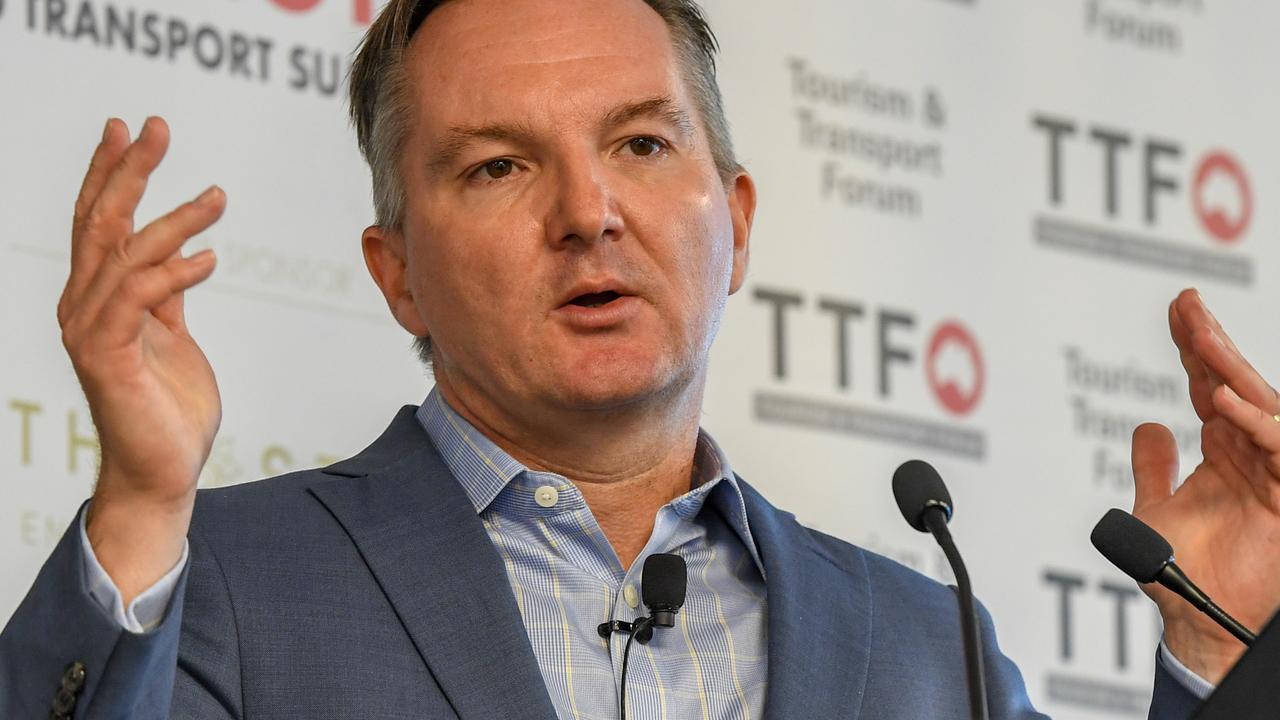
Elliott may have 5 per cent of BHP but it is dealing with a transformed company. Let me introduce the new BHP.
Never before in the company’s long history has BHP appointed a chairman who, prior to taking office, spoke individually to 107 big BHP shareholders in Australia and around the world.
My guess is that Ken MacKenzie would not have taken such unprecedented action had there been any significant bad news coming from BHP in next week’s profit report, apart from a possible shale write down. As we discuss below it looks like there is a lot of good news coming.
But it is also clear that remarkable things are happening to The Big Australian — it has discovered its shareholders and the chairman is playing a key role in opening up the dialogue. All major companies need to watch what BHP is doing.
Current chairman Jac Nasser started the ball rolling by going to small shareholders, who will be vital if the Elliott raiding group makes a push for board seats.
My guess is that when MacKenzie takes over the BHP chair on September 1 he will follow and expand the Nasser small shareholder dialogue, as well as keep in touch with major shareholders.
Clearly, Elliott played a role in generating this new activity but the significance goes much further — Nasser and MacKenzie have started a new role for the company chair.
Naturally, I did not attend the briefings but on the basis of what has already been revealed, here is what might have been discussed and what is likely to be revealed next week along with the profit figures.
BHP’s bullishness begins in China, where we are now seeing the Chinese government starting to get control of what has been a very complex economic situation.
The Americans keep saying that China will fall over, but that no longer looks like happening. Instead, not only is China tackling its corruption it is also tackling its pollution in a way that is beneficial to BHP.
For years China has talked about shutting old, highly pollutant, steel works that were based on scrap metal. It is now delivering, and larger steel works that rely on iron ore and metallurgical coal for their feedstock are replacing the output. Accordingly, that generates price rises for BHP (and other iron ore and metallurgical coal producers). A similar event is taking place in copper, where the Chinese are also clamping down on the use of scrap. Again, that helps the copper price and BHP cash flows.
BHP under CEO Andrew Mackenzie has slashed its costs by more than $11 billion, but as pointed out a few months ago by BHP chief commercial officer Arnoud Balhuizen to the Melbourne Press Club, there is a lot more to come as new technologies are created by the improved economics of mining.
In particular, BHP believes it can use techniques developed in each of its different areas to improve overall performance.
On the new project side I have always thought that the reopening of the Resolution copper mine in the US (jointly owned with Rio Tinto) would be BHP’s next cab off the minerals rank.
But despite Donald Trump’s anxiousness to restore US mineral production, Resolution will require a great deal of time in gaining environmental and other approvals. Accordingly, Australia’s Olympic Dam is much better placed to be the next new copper project. I am not sure what will be announced next week but increasing Olympic Dam’s output by about 50 per cent, including new treatment plants, is on the BHP slipway.
This greatly improves the outlook for South Australia in the medium term. When the announcement comes, there will be great fanfare. Balhuizen says Olympic Dam will generate value for Australia for generations to come
As I pointed out two weeks ago BHP has changed its mind about US shale and will now put up for sale all or part or all of its shale investment there will be a substantial loss.
Whether it is sold depends on the price but the most valuable part is the Permian/Delaware area where US oil company Anadarko and Shell also have stakes and the areas must be rationalised to develop the field economically.
This is a major world oilfield. BHP’s areas can produce 150 thousand barrels a day. If a deal is done the whole area can produce two or thee times that figure which brings us close to the maximum Bass Strait production.
Whereas it seems BHP will look to sell its shale it is very excited about the prospects in the Gulf of Mexico where it has a substantial drilling and development program in both the US and Mexican parts of the Gulf. In particular it purchased a known oil field in partnership with the Mexican government, which it is exploring and developing. It would be neat if BHP announced greater plans for oil in the Gulf of Mexico while selling out of shale.
And on the technology front new treatment options that can produce nickel metal in small chunks which lowers its costs for use the batteries. That gives new prospects for the Kambalda mine, given the rise in battery production.
And of course BHP has no intention of proceeding with potash until the price looks a lot of better. That has always been the case. The Big Australian is taking the Elliott Group seriously hence the BHP chairman and chairman elect are making sure BHP’s long plans are understood along with the prospect of rising cash flows and shareholder distributions.





To join the conversation, please log in. Don't have an account? Register
Join the conversation, you are commenting as Logout